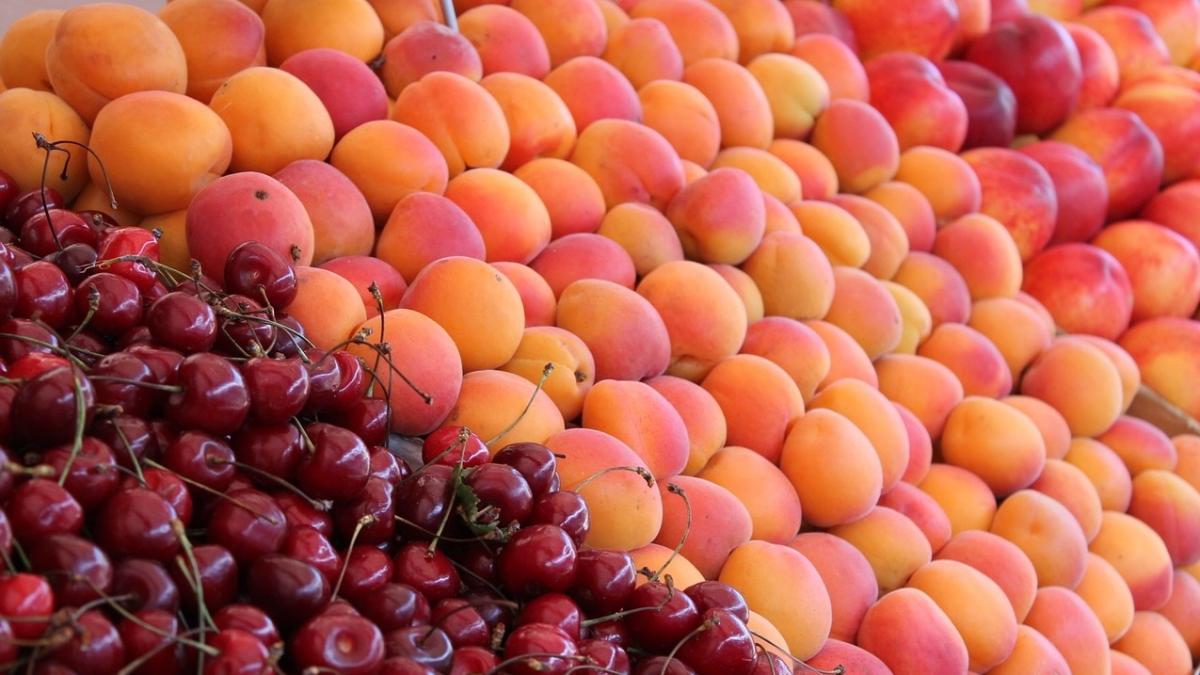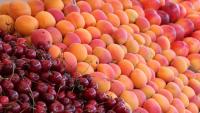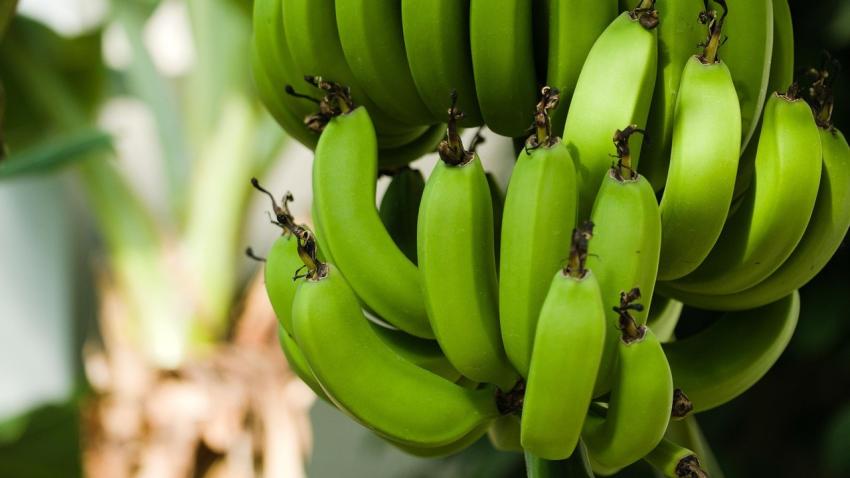You are here
Back to topAustralia–China Fruit Trade To Rebound as Barriers Lifted

Chinese officials have allowed the resumption of regular export conditions for Australian fruit, which had been subjected to trade restrictions due to political tensions between the two countries. The decision followed the first meeting in more than two years between representatives from Australia’s Department of Agriculture, Fisheries and Forestry and the General Administration of Customs of China.
The official and unofficial sanctions were imposed on Australian fruit after the country’s prime minister, Scott Morrison, endorsed an inquiry into the origins of COVID-19 in early 2020. The recent removal of restrictions took the form of the GACC publishing updated lists of orchards, packhouses and treatment facilities approved for export to China on its website. This represented the first time that the lists had been updated since 2020 for cherries, mangos and stone fruit and since 2021 for citrus.
For the citrus industry alone, 496 new orchard sites have been added to the list. According to Nathan Hancock, CEO of Citrus Australia, the move signals a warming of economic ties between the two countries and may lead to an increase in citrus shipments to China in the coming years. Brett Kelly, CEO of the Australian Mango Industry Association, highlighted that Australian mango growers could earn high profits for their premium product, which is welcomed in the Chinese market. Meanwhile, Trevor Ranford, CEO of Summerfruit Australia, estimated that the latest GACC revisions would benefit about 110 Australian stone fruit producers.
Despite being curbed by restrictions, Australian fruit exports have continued to flow to China in recent years. In fact, China remained the largest overseas market for Australian fruit, although the export value dropped by 35% year on year in 2020/21 and 19.5% year on year in 2021/22. While the final data for this season have yet to be released, the stone fruit sector has reported that shipments to China accounted for approximately 62% of its total exports of 15,000 metric tons in 2022/23.
Another piece of good news is that the Australian Bureau of Agricultural and Resource Economics and Sciences expects the country’s horticultural sector to benefit from the more favorable weather conditions predicted for the coming year. Recent years have seen severe disruptions in fruit production and acute supply shocks due to excessive rainfall and flooding. It is anticipated that a shift to drier weather in 2023 and 2024 will lower the risks of crop damage and plant diseases brought on by prolonged wet weather. In addition, these more favorable weather conditions are anticipated to enable growers to supply higher-quality fruit to their main export markets.
Image: Pixabay















Add new comment